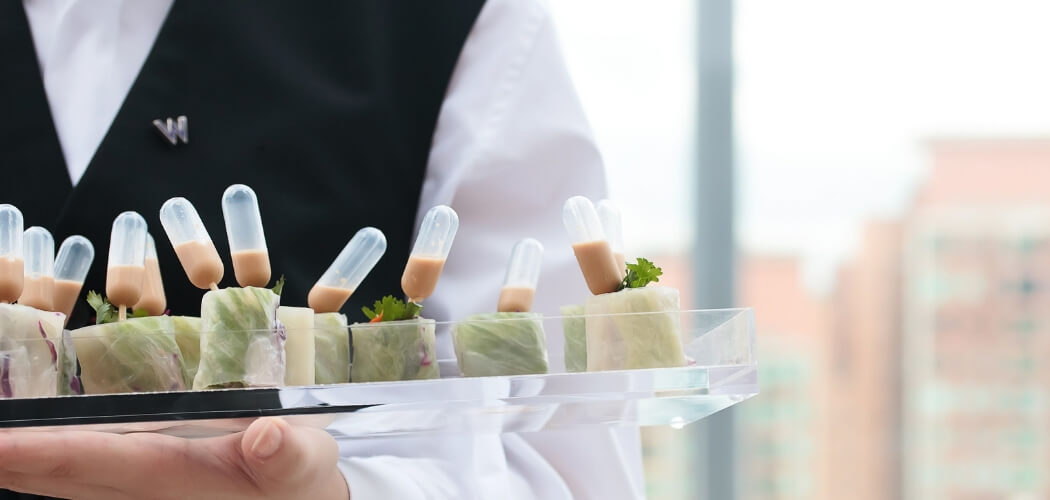Imagine this …
You walk into a restaurant ready to enjoy a great meal with a group of friends. As your eyes skim down the menu your mind starts racing and you ask yourself, “What the heck am I going to order here?”. Unless you’re used to ordering a plain salad with salmon, this scenario is all too real when first transitioning to a gluten-free diet (or any selective way of eating). But here’s some good news: While gluten-free dining out may present some challenges at first, it’s easier than you think. Plus, once you eliminate gluten and other processed foods you’ll start looking and feeling so well that it will stop being a burden and start being easy!
Gluten-Free Dining Guide
1. Choose The Right Restaurant
This may sound obvious, but start by choosing the right place to dine. While most eateries offer at least a basic garden salad and grilled chicken, it’s still a good idea to call ahead and ask or take a peek at their online menu. But get creative and look at the restaurant’s menu through a flexible lens. For example, if you’re invited to a burger joint then you can always remove the bun. More important than the menu itself is the chef’s willingness to accommodate, so you might even want to call ahead and explain your food preferences to make sure they can offer options.
2. Plan Your Meal Ahead Of Time
Have an idea of what you want to eat before you arrive. Start with your protein and work around that. If I know I want fish then I skim the menu and look for the fish option. These days, most restaurants post their menu online and it doesn’t take a whole lot of effort to check it out before you go. This way you aren’t left flabbergasted and starving!
3. Embrace Limited Options
From the second we wake until the time we tuck ourselves back in bed for the night, we’re forced to make decisions. Once you decide that you’re transitioning to a gluten-free lifestyle, your restaurant options are immediately limited. But here’s the thing: More isn’t always better. With fewer food options to choose from, your decision-making process is simplified and you’re less likely to overeat or to over-stress about the options you wish you chose!
4. Remember: When One Door Closes, Another One Opens
Once you eliminate the gluten-filled foods and junk, new meal options will magically appear. You may be more inclined to step out of your comfort zone of pasta and burgers and try a crazy salad or chef’s special. The other night there was virtually nothing on the menu so we all ordered grilled fish, spinach, and asparagus (yeah, even my 6-year-old). If they had burgers or pasta on the menu, I would have had a harder time getting him to choose something healthy!
5. Tell Your Server That You’re Gluten-Free & Ask Questions
Always tell your server that you have Celiac disease, are gluten intolerance, or are simply avoiding gluten foods. You never know how the chef has prepared a particular meal—restaurant eggs may contain pancake batter to create a fluffy texture, soup may contain a wheat-based thickener, baked potatoes may be coated with flour to create a crispy skin. Informing your waiter or waitress that you’re eating gluten-free means they can help you to avoid a potential health problem. Most restaurants these days will modify a dish to accommodate your preferences.
